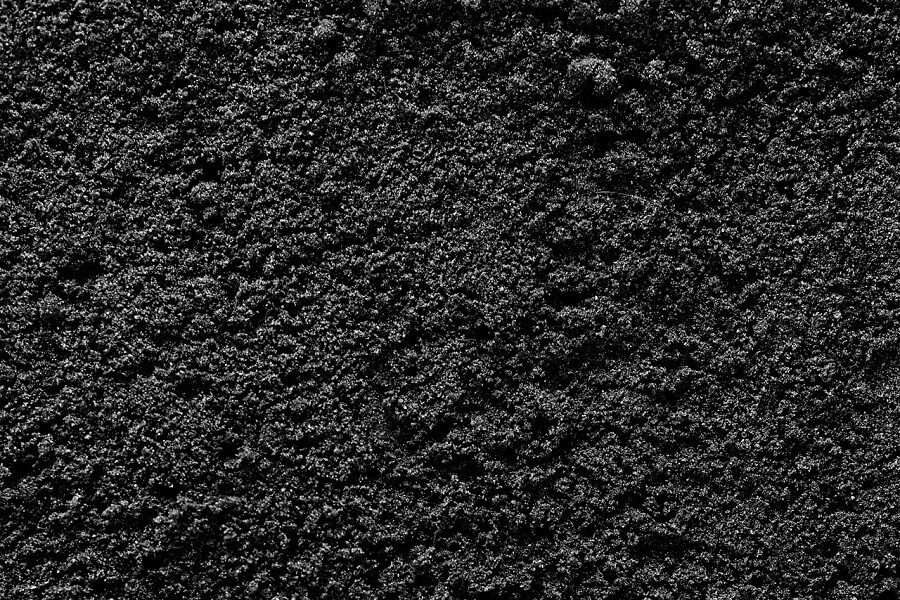Coking coals, used to make coke for use in blast furnaces, have particular properties which allow it to form a good coke when put through a coking process which involves heating in an atmosphere deficient in oxygen. There are a number of coal properties which are important in this context, including the “volatile content”, “caking” properties, hardness, and strength of the coke formed, free swelling index (how much the material swells during the process), etc. These properties do not affect the way coal is mined, but they do affect the value of the product and there are different grades of coking coal, from “hard” coking coals (the best grade), through “medium” to “soft” coking coals, and even “semi-hard” and “semi-soft”. The individual property values for each classification is more a marketing exercise than a precise definition.
Energy or steaming coal is not suitable for coke making and, as the name implies is used for heating, the vast majority in power stations generating electricity, with lesser amounts used in cement manufacture, small boilers and other specialist markets. Coking coal can be used for these purposes, but that would be wasteful.
The ability to blend different types of coal enables some coals which do not coke well to be used with higher grade coals to form an acceptable mix. Developments in blast furnace technology (pulverized coal injection in particular) have also allowed lower quality coals to be used in steelmaking in place of a portion of the coke.
The value and treatment of coal is also affected by other properties:
Ash content – all coal contains material which will not burn and which forms the ash left after burning, a waste product which presents a disposal problem; other factors being equal, the higher the ash content the lower the value of the coal
Moisture content – all coal contains some moisture naturally, and the mining process may remove some but usually adds more. The weather will also affect the moisture content during transport and storage. Most sales contracts specify a maximum moisture content with penalties if this is exceeded (customers do not want to pay coal prices for water)
Coals may contain a number of impurities (such as sulphur or phosphorous) which, while they may be in very small quantities become significant because they can result in atmospheric pollutants when burnt or can affect the properties of steel produced.Coal is frequently treated or “washed”, in most cases to remove some of the ash to make it saleable or to increase its value. There are several examples where coal is untreated, mostly where it is used by a power station or cement works adjacent to or close to the mine site. In most other cases, some degree of treatment is carried out.
There are some special coals:
Brown coal, which is part way between peat and black coal, basically a poor quality coal, usually with a very high moisture content, but which can be economically important if mined in large quantities and fed into boilers adjacent to the mine site (i.e. minimal transport costs).
Anthracite, a high quality coal due to its high fixed carbon content (not a coking coal), once a premium coal for steaming purposes but now relatively rare and only utilized in specialist applications such as a graphitizing material for electrode paste and as a reductant for reducing metal oxide ores.
Peat
Peat is formed from decaying vegetation, and is considered to be the precursor of coal. Peat is an important industrial fuel in some regions, including Ireland and Finland. When dehydrated, peat becomes an effective absorbent for fuel and oil spills on both land and water.
Lignite
Lignite is formed from compressed peat, and is often referred to as brown coal. Lignite is a low ranking and highly volatile coal which is used mainly in power stations. It is sometimes found in European briquettes.
Bituminous/Sub Bituminous Coal
Formed from compressed lignite, bituminous coals are a dense, sedimentary rock which is usually black in colour, but can sometimes be a dark brown. These coals are widely used in the manufacturing of briquettes, and are also used in power stations, for heat and power applications in manufacturing, and to make coke.
Steam Coal
Steam coal is the stepping stone between bituminous coal and anthracite. It was once used to fuel steam trains, and as the use of them declined, so did the use of steam coal.
Anthracite
Anthracite is the highest rank of ignitable coal. It is hard, black and glossy, and as a natural smokeless fuel, is used primarily for residential and commercial space heating. Anthracite is the main source of many manufactured fuels, and provides a good heat output, and long burning times.
Graphite
The technically highest ranking coal, graphite is difficult to ignite, and is rarely used as a fuel. It is mostly used in pencils, and as a lubricant in its powdered form.
Origin: US & Europe


